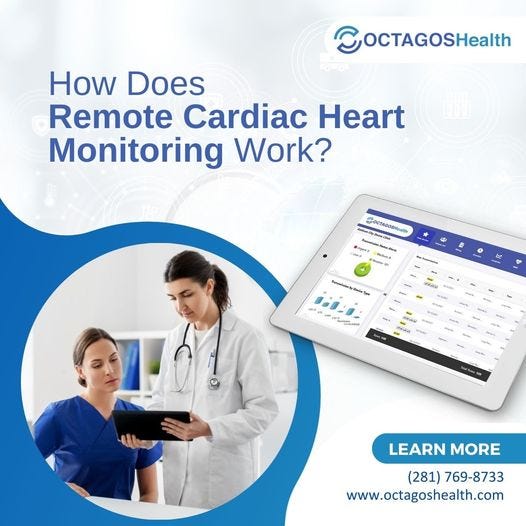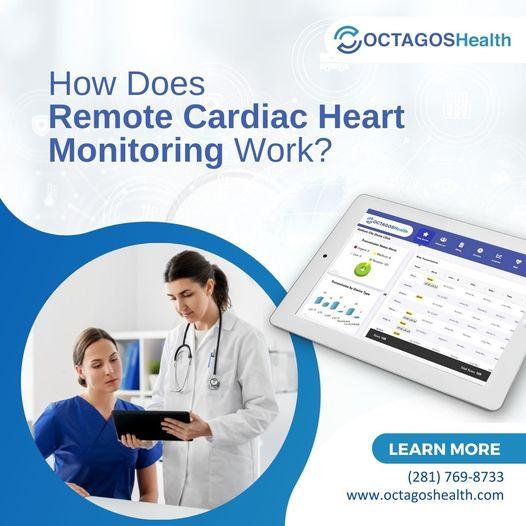Remote cardiac heart monitoring, often referred to as remote cardiac telemetry or telecardiology, is a sophisticated medical technique that enables continuous tracking of a patient’s heart activity. This technology is particularly beneficial for individuals with heart conditions, arrhythmias, or those at risk of cardiovascular diseases.
The Role of Wearable Devices
At the heart of remote cardiac heart monitoring are wearable devices equipped with sensors. These devices, like smartwatches or patches, are worn by the patient and are capable of recording various heart-related data, such as heart rate, rhythm, and electrocardiograms (ECGs).
Data Transmission
The data collected by these wearable devices are transmitted wirelessly to a secure server or cloud-based platform. This step ensures that healthcare professionals can access the patient’s real-time data at any time and from anywhere.
Continuous Monitoring
Remote cardiac heart monitoring provides continuous monitoring, allowing healthcare providers to detect irregularities or abnormalities promptly. This timely information is crucial for making informed decisions regarding the patient’s treatment plan.
Benefits of Remote Cardiac Heart Monitoring

Early Detection of Cardiac Issues
One of the primary benefits of remote cardiac heart monitoring is the early detection of cardiac issues. This proactive approach enables healthcare providers to identify problems before they escalate, potentially preventing life-threatening situations.
Improved Patient Comfort
Patients benefit from the convenience and comfort of remote monitoring. They can go about their daily lives without the need for frequent clinic visits, knowing that their cardiac health is continually being assessed.
Enhanced Data Accuracy
Remote monitoring eliminates the risk of human error in data collection and ensures the accuracy of the information provided to healthcare professionals. This precision is crucial for making accurate diagnoses and treatment decisions.
Personalized Care
With access to real-time data, healthcare providers can tailor treatment plans to each patient’s specific needs. This personalized approach enhances the effectiveness of cardiac care.
The Mechanics of Remote Cardiac Heart Monitoring
Data Analysis
Once the data is transmitted to the server, advanced algorithms analyze the information. These algorithms can detect irregular heart rhythms, signs of arrhythmias, or other cardiac anomalies.
Alerts and Notifications
In the event of a significant deviation from the patient’s baseline heart activity, the system generates alerts. Healthcare providers receive these notifications and can take immediate action if necessary.
Patient Engagement
Remote cardiac heart monitoring encourages active patient engagement in their healthcare journey. Patients can access their own data, fostering a sense of responsibility for their cardiac health.
